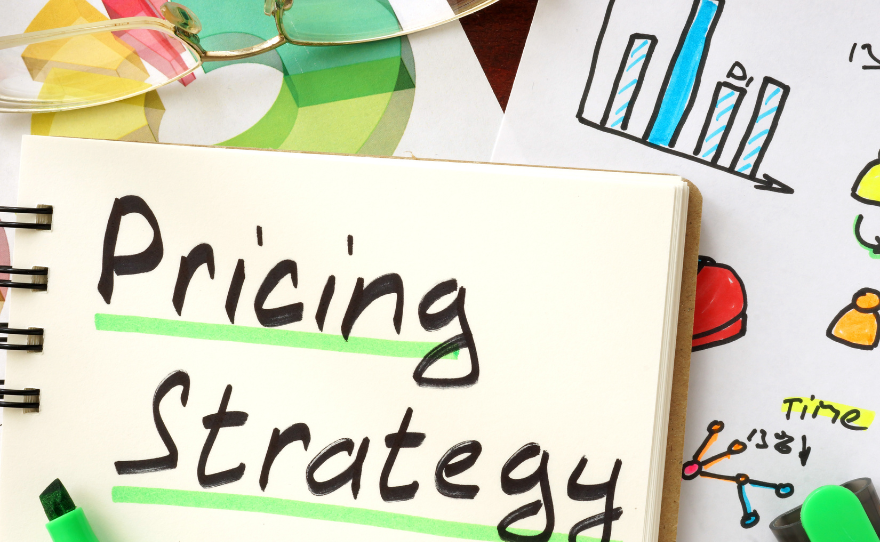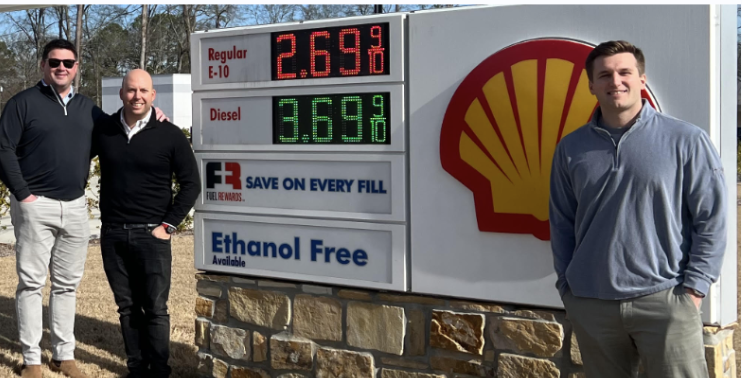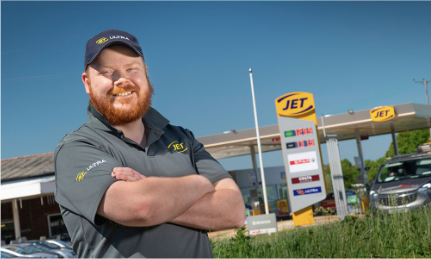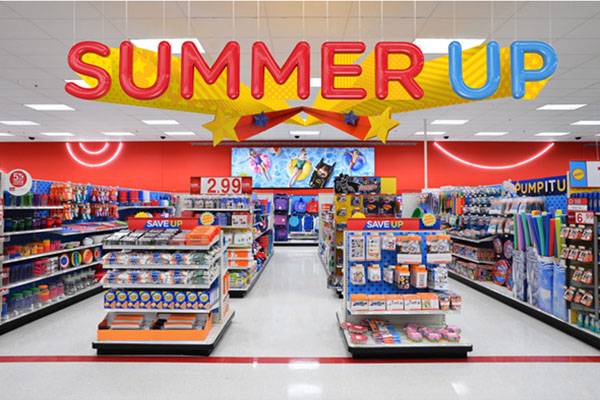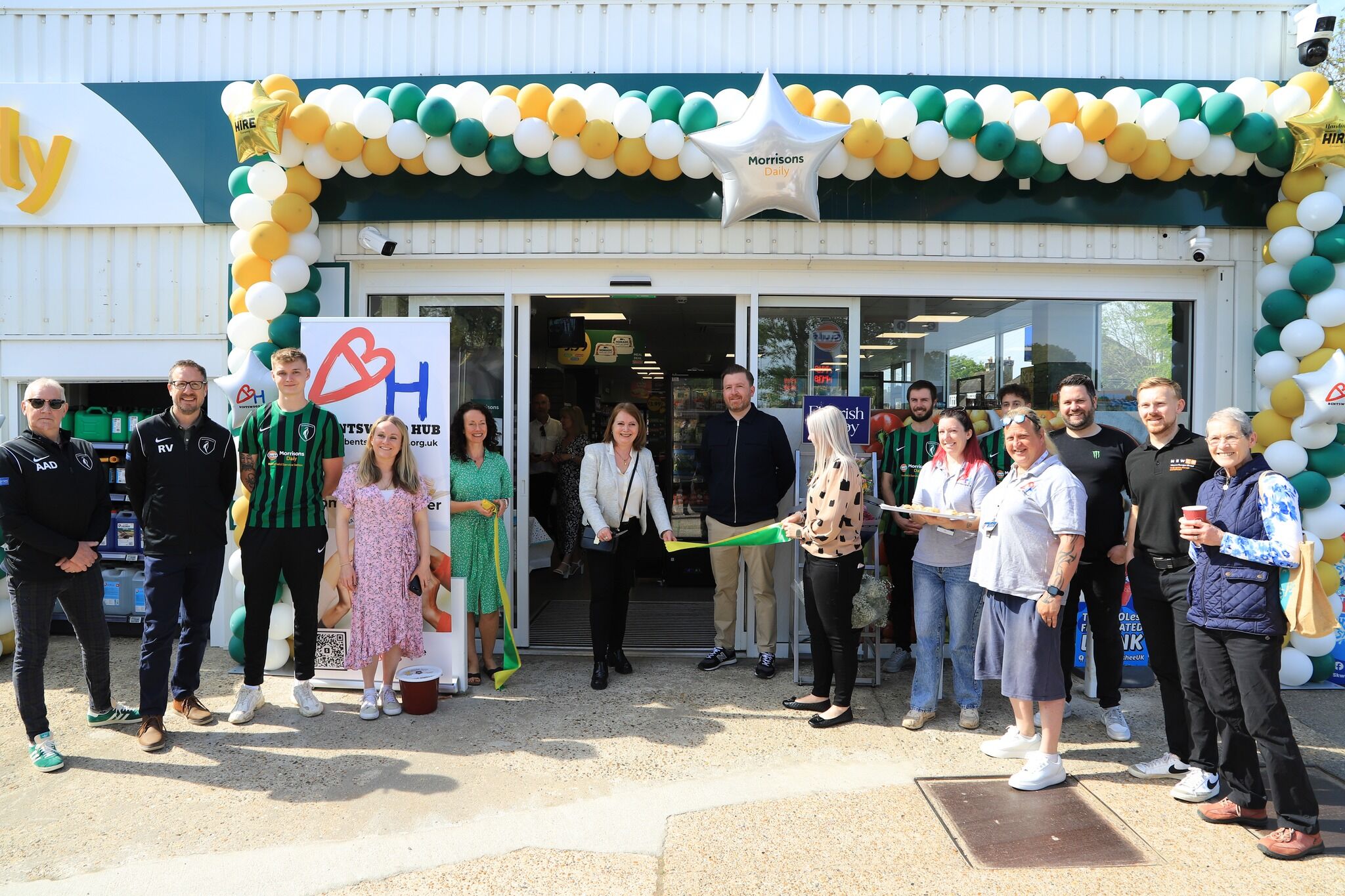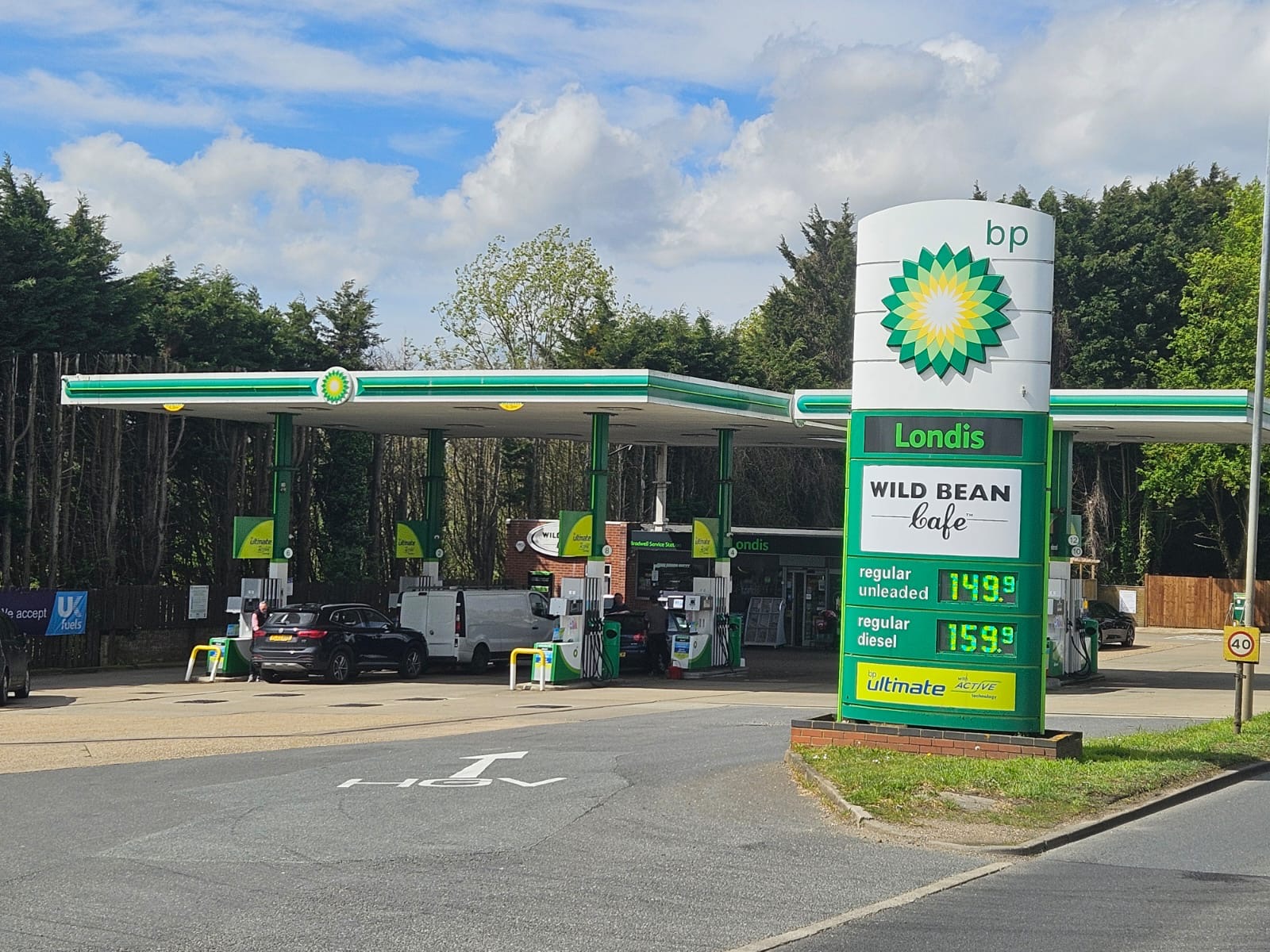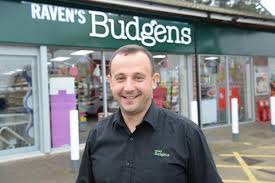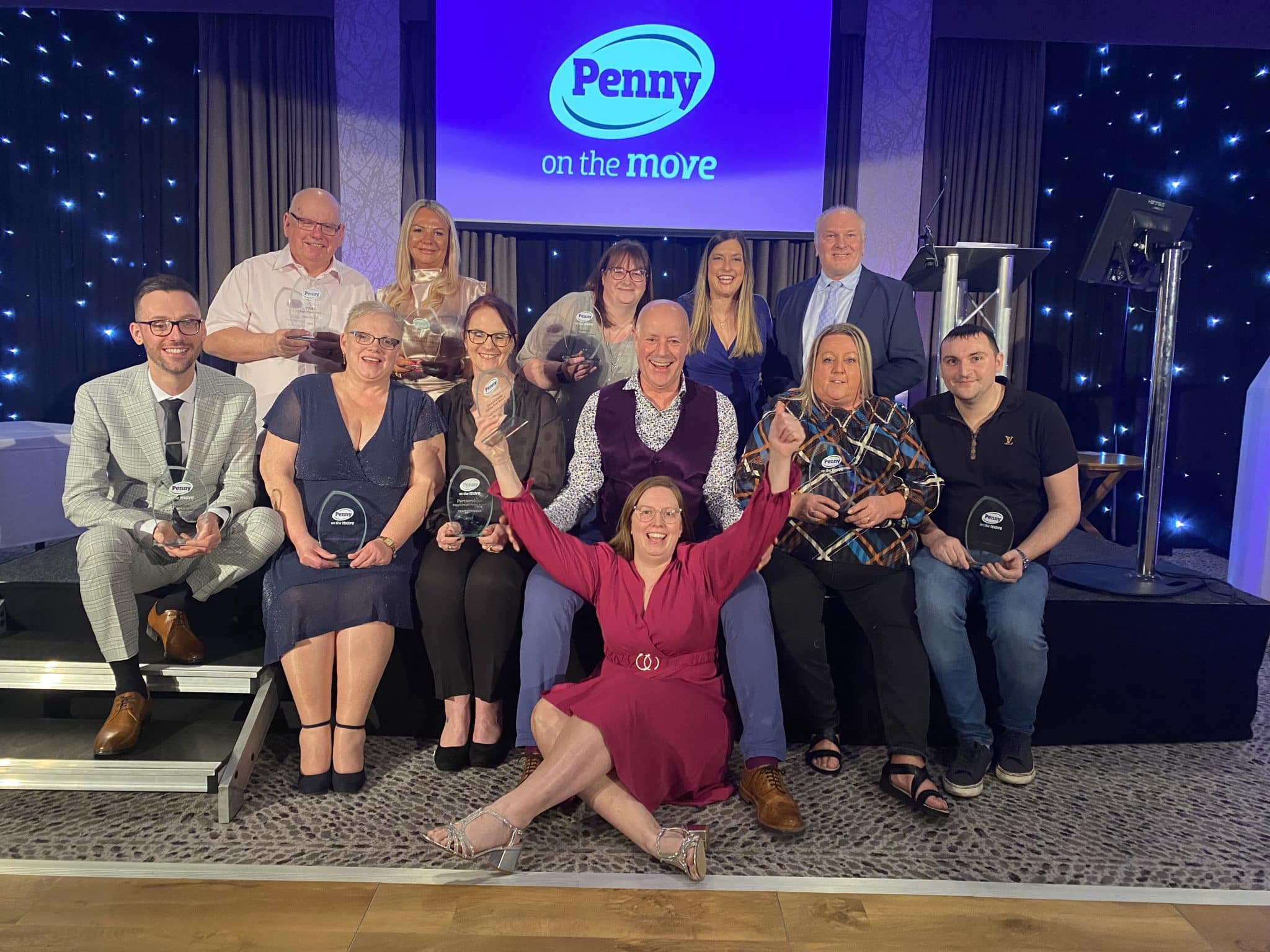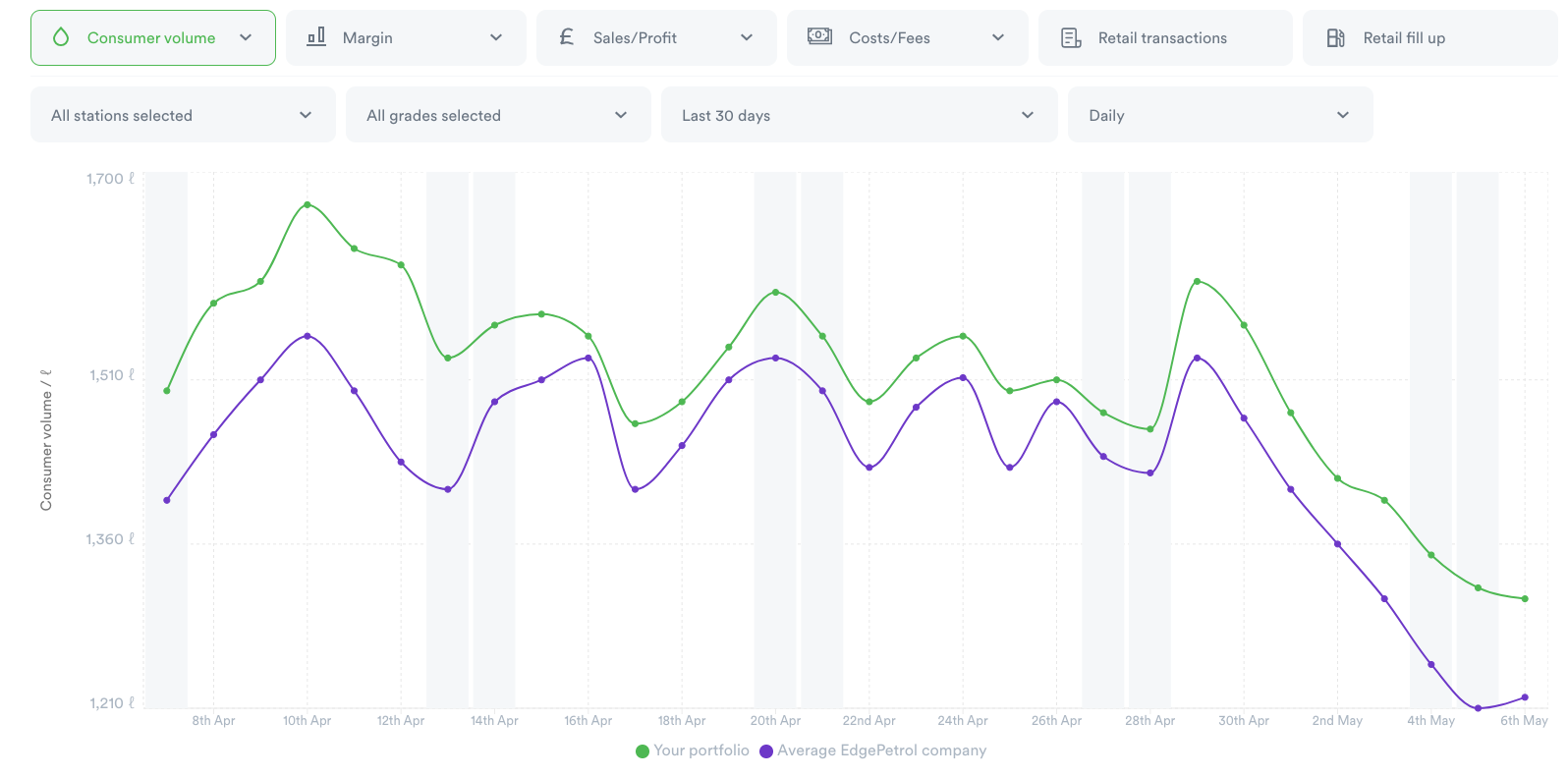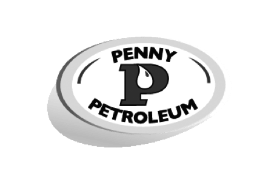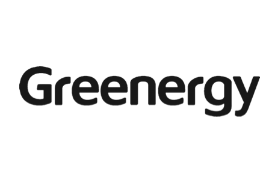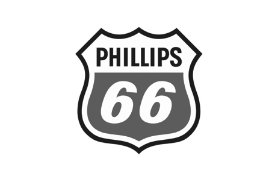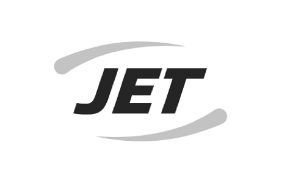Event season is coming to an end.
Participating in huge events such as NACS , MPACT and Pacific Fuel has finally given us the chance to meet with many retailers face-to-face.
It’s always great to hear different opinions surrounding the fuel industry and, even more so, have the chance to reflect on them after getting back home.
One thing we hear about at every event is Follow-the-Leader Pricing.
As many retailers know, a price leader is not someone that sets a price to help everyone make more money but does it solely to force competition into following suit, while at the same time consolidating its market presence.
The fuel industry is such a good example of this because there are a limited number of competitors, products are relatively homogeneous and elasticity is pretty low.
While there will always be price-sensitive customers, the NACS consumer survey shows that more and more customers pick gas stations based on their experience and less so on the actual price of fuel. In 2015, 72% of consumers felt that price was the dominating factor when choosing where to fill up. Fast forward to today, and this number is now at 52%.
There are a number of small retailers that have been deploying the Follow-the-Leader pricing strategy for as long as they can remember, and whilst this may have worked in the past, the benefits of this strategy are coming to an end.
According to the EIA, volumes in the US will peak in 2021, before seeing a slow decline through to 2050. This means that going forward, each gallon litre at your site needs to be worth more in margin for you to be able to take the same profit from fuel.
Tanker driver shortages are causing less flexibility in the supply chain, making it more difficult to drive profit by buying when the prices are low. Oil prices remain volatile.
Furthermore, the bigger players just keep getting bigger. The top 25 of the CSP 202 now have a combined 5,000 more stores than in 2014, and they have better economies of scale and flexibility in fuel supply. Ironically, it’s these super-buyers that independent retailers tend to follow on price.
The Follow-the-Leader Pricing strategy is actually one the bigger players tend to deploy themselves.
They know that their buying power gives them greater fuel profit and automating hundreds or thousands of stations saves time and money. Not to say that they are not optimizing optimising their pricing strategies, but they can certainly afford not to.
Smaller retailers should not always focus on following the strategies of price leaders because these companies are corporations that can easily play with pricing, lowering it whenever they want. Smaller retailers should focus on showing customers why their gas petrol station is the best one in the area.
If a retailer diversifies their gas petrol station by offering a great loyalty program, amazing fresh food or stellar customer service, the chances are a normal customer will go there for those reasons and may well accept the additional cents per gallon pennies per litre. This isn’t the case for all stations; you just need to make sure you know yours well enough to make a decision.
This is where EdgePetrol comes in.
We provide all your fuel data as real-time actionable insight, so you can see the real impact of your pricing decisions as you make them and adjust accordingly. By implementing new pricing strategies, EdgePetrol users are seeing upwards of 18% profit increases.
If you want to understand whether a change in strategy could work for your stations, get in touch with us here.

